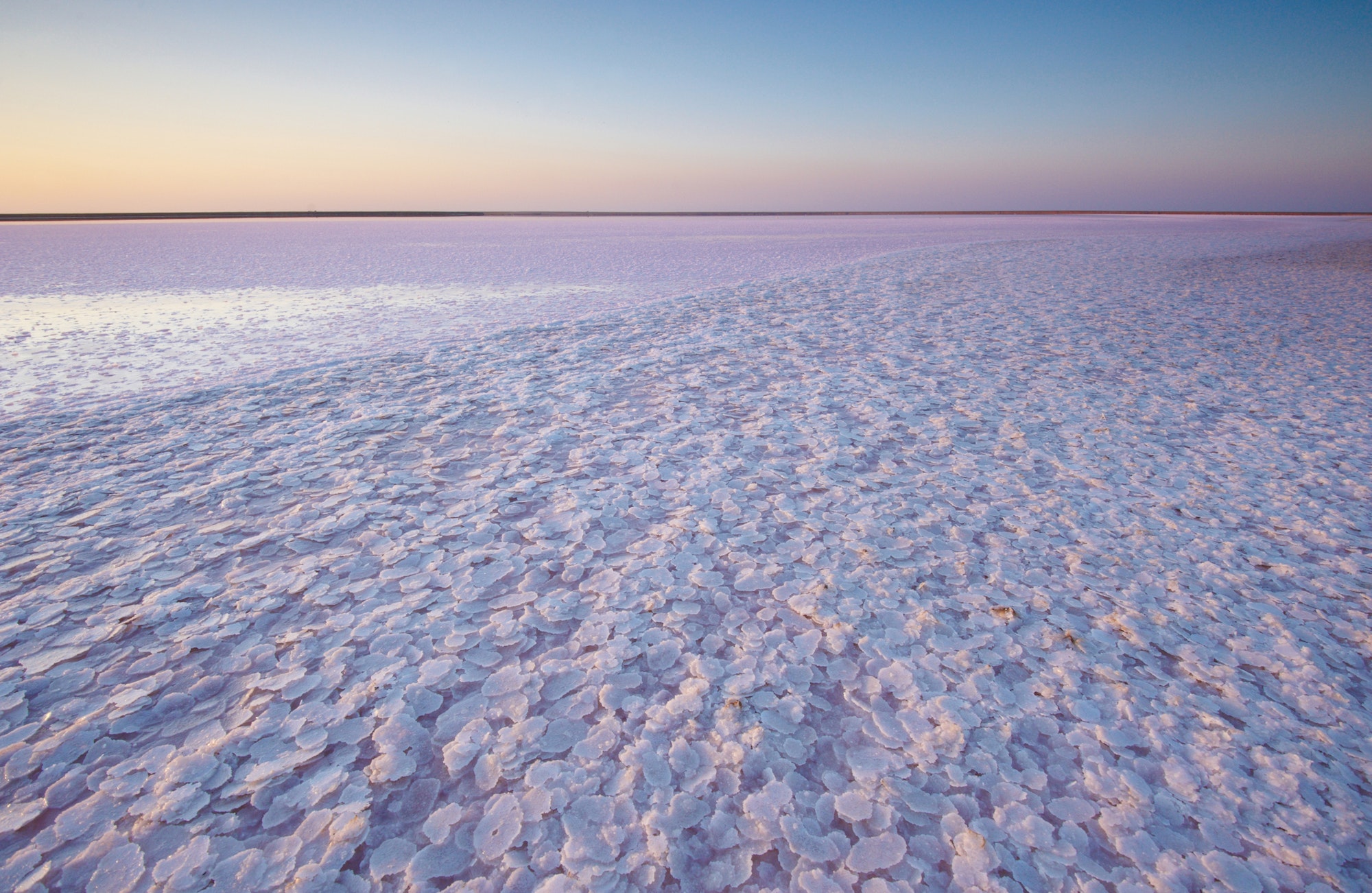Microalgae, the microscopic plants found in oceans and freshwater environments, have garnered significant attention in recent years due to their vast potential in various industries, including cosmetics. These tiny organisms possess unique properties that make them ideal for use in skincare and beauty products, offering numerous benefits to the skin and overall health. In this article, we will delve into the world of microalgae-based cosmetics, exploring the types of algae commonly used in these products and the reasons behind their growing popularity.
There are several types of microalgae that have become popular ingredients in cosmetic formulations:
- Chlorella: Chlorella is a green single-celled microalga that is rich in proteins, vitamins, minerals, and antioxidants. Its high chlorophyll content gives it strong detoxifying properties, making it an excellent ingredient for facial masks and cleansers. Chlorella is also known for its ability to stimulate collagen production, thus promoting skin elasticity and reducing the appearance of fine lines and wrinkles.
- Spirulina: Spirulina is another type of green microalga that boasts an impressive nutrient profile, including essential amino acids, vitamins, and minerals. Its antioxidant properties help protect the skin from environmental damage, while its anti-inflammatory effects can soothe irritated or sensitive skin. Spirulina is often found in products designed to nourish, hydrate, and rejuvenate the skin.
- Dunaliella Salina: Dunaliella Salina is a unique red microalga that thrives in high-salinity environments. It is rich in beta-carotene, an antioxidant that provides natural protection against UV radiation. This remarkable property makes Dunaliella Salina an ideal ingredient for sunscreens and other skincare products aimed at protecting the skin from sun damage.
- Haematococcus Pluvialis: This red microalga is best known for being the richest natural source of astaxanthin, a powerful antioxidant with skin-protecting and anti-aging properties. Astaxanthin has been shown to improve skin elasticity, reduce the appearance of fine lines and wrinkles, and even help prevent the formation of age spots. Haematococcus Pluvialis is commonly used in anti-aging skincare formulations and supplements.
- Euglena Gracilis: Euglena Gracilis is a green microalga that contains a unique compound called paramylon, which has strong anti-inflammatory and immune-boosting properties. This alga also offers a rich array of nutrients, including essential amino acids, vitamins, and minerals. Euglena Gracilis is often incorporated into products designed to soothe and repair damaged or irritated skin.
The use of microalgae in cosmetics offers numerous benefits to both the consumer and the environment. For one, these organisms are a sustainable source of bioactive compounds with potent skincare properties. They can be cultivated with minimal impact on natural resources, making them an eco-friendly alternative to traditional cosmetic ingredients derived from plants or animals.
Moreover, microalgae-based cosmetics are suitable for all skin types, as they provide gentle yet effective care for the skin. The natural antioxidant, anti-inflammatory, and regenerative properties of these tiny plants make them ideal for addressing various skin concerns, from premature aging to sensitivity and inflammation.
As consumers become increasingly conscious of the ingredients found in their skincare products and their impact on the environment, we can expect the market for algae-based cosmetics to continue growing at a rapid pace. With ongoing research and development in this area, it is likely that we will continue to discover even more benefits of incorporating microalgae into our beauty routines.


